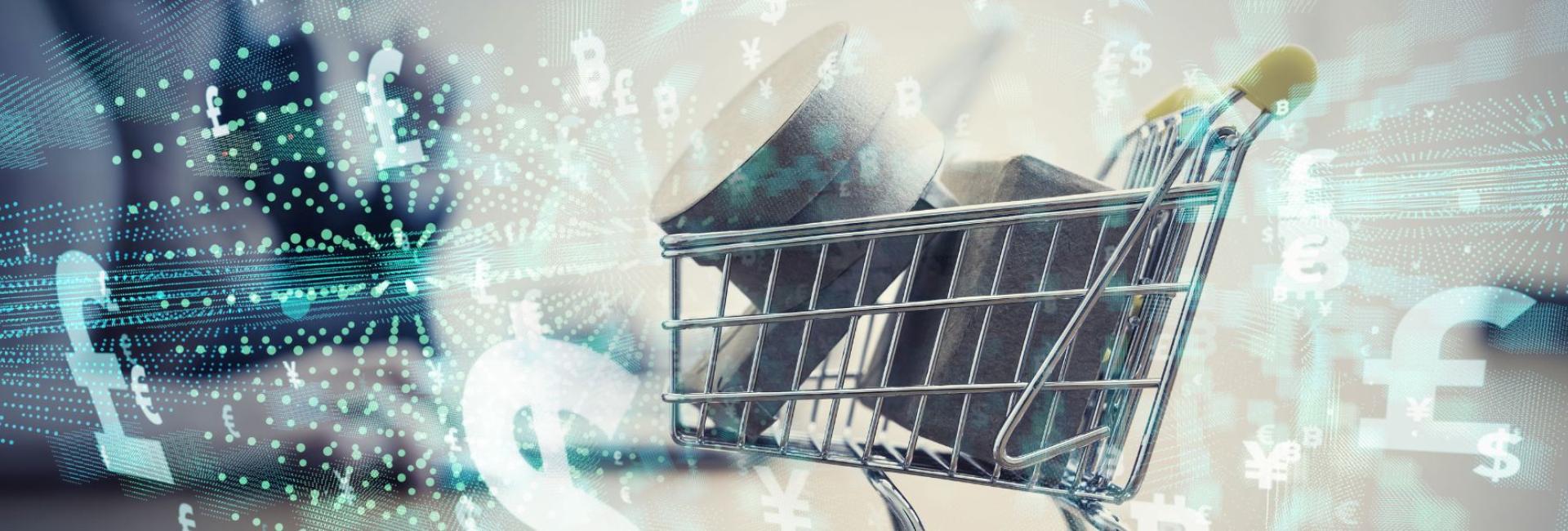CPG Trends on the Horizon
Consumer packaged goods (CPG) are household essentials that most consumers purchase regularly: food, beverages, cosmetics, toiletries, etc. Because these items are considered essential, demand for them remains steady – and so does buying. This makes the CPG market a constantly competitive environment for CPG brands.
Though CPG demand is steady, the way consumers go about shopping for these items fluctuates. To better understand how consumers are purchasing these products in 2024, let’s look at some key insights generated by data analytics.
Changes with CPGs in 2023
Inflation, politics, and global phenomena (such as the COVID-19 pandemic) all influence shopping behaviors. In 2022 and 2023, though inflation increased, Americans gained jobs and spent more, avoiding the recession predicted at the start of last year.
All these events affected CPG trends in 2023. So did gains in the realm of digital shopping. As inflation drove frugality, more consumers took to the internet to research goods before purchasing. CPG brands with polished eCommerce experiences that emphasized fast, personalized, omnichannel experiences benefitted – especially with Gen Z, which according to McKinsey makes up 40% of the global consumer market.
Seven CPG trends that will shape the industry this year
Digital transformation has proved to be a leading differentiator for many organizations. However, CPG brands lag somewhat behind the rest of the market: according to Deloitte, “On average, CPG companies have reported an 8 percent increase in technology budgets over the past three years.” As interest in digital solutions grows, expect to see these CPG trends in 2024.
Online sales will continue to rise with eCommerce becoming table stakes
Online shopping has and will continue to be a massively popular sales channel, proving that eCommerce is table stakes for CGP brands. According to SellerApp, online distribution channels are expected to gain 8.3% CAGR (compound annual growth rate) from 2020 to 2027. Consumers also reported that they are willing to pay more for speedy delivery, with over 80% saying they’d shop elsewhere for quicker delivery times.
Inflation impacting CPG products
Though inflation drove more frugal consumer behaviors, spending remained steady. However, what consumers purchased and how they shopped changed. An increase in online research indicates greater consumer price sensitivity as shoppers compared products. Buying from cheaper consumer goods companies and cutting back to essentials are two of the most reported saving strategies, according to Deloitte.
Consumers demand sustainable brands
Consumer research wasn’t limited to price evaluations in 2023. Consumers, especially those in Gen Z, are increasingly concerned about brand sustainability and reputation. Overall, more than half of internet users surveyed by Sensormatic Solutions said they would stop purchasing a brand if they discovered its practices were not what they considered sustainable. Courting the Gen Z customer base is now a matter of ethics.
Increase in private brands
During the COVID-19 pandemic, supply chain challenges caused shortages across the CPG industry. This led consumers to compromise on their purchasing decisions and try goods from private-label brands (that is, a brand that sources its products from third-party manufacturers and sells those products under their own name). The price points for these consumer brands proved favorable and many consumers continue to shop with the merchants they discovered during the pandemic.
Direct-to-consumer
Though social media advertising continues to drive awareness, CPG brands are turning away from third-party marketplaces and exploring direct-to-consumer sales. Middleman retailers like Amazon help themselves to large portions of profits that CPG brands could keep in their pockets by hosting ecommerce experiences on their own websites. Direct-to-consumer models promise bigger margins, more nimbleness in product offerings, and valuable consumer relationships.
Omnichannel shopping
With so much of digital shopping done on mobile devices, CPG companies must make omnichannel marketing part of their strategies. Reaching consumers across devices offers new opportunities for personalization and building deeper relationships. Omnisend discovered that brands using at least three channels saw a 287% higher purchase rate than single-channel brands.
Personalization
One of the most valuable benefits of digital transformation is the ability to create personalized consumer experiences. Consumers prefer products and services that are tailored to their needs — a benefit only afforded by deep, insightful data. In the CPG market, brands that use data to predict users’ needs and deliver the right products at the right moment can stand out from the crowd and foster more authentic connections with their target audiences.
Navigate a changing CPG landscape with insightful data analytics
In 2023, a narrowly avoided recession, pandemic bounce-back, and employment/wage gains drove steady CPG spending in the United States. Product data, retail analytics, and ongoing research help us understand how consumers pivoted to make their dollars go further during these tight times.
The more organizations learn about consumer sentiments, behaviors, and values in the CPG market, the better they can prepare for challenges for the remainder of 2024. Not only that, they can position themselves to take advantage of continuing trends, make data-driven decisions, and preemptively gather information to drive their success in years to come.




